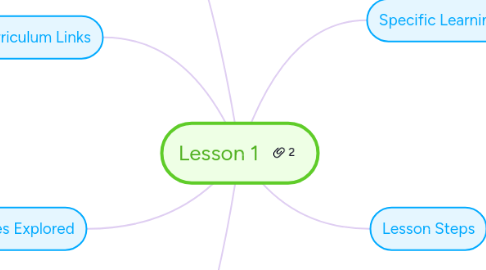Lesson 1
Donna Raykosにより


1. Curriculum Links
1.1. Learning Area: Technologies
1.2. Learning Experience Focus: Design and Technologies- Food and Fibre Production
2. Resources
2.1. Information sheets from The Department of Parks and Wildlife website
3. Content Descriptors
3.1. Knowledge and Understanding: ACARA: Investigate food and fibre production and food technologies used in modern and traditional societies (ACTDEK012) SCASA: Types of technologies used in food and fibre production or processing, including how they are used to help meet consumer needs (ACTDEK012)
3.2. Process and Production Skills: Identify and choose the appropriate resources from a given set
4. Issues Explored
4.1. The Carnaby's Cockatoo species
4.2. Why the Carnaby's Cockatoo is endangered/threatened
4.3. Why/when is it appropriate to build and use artificial hollows
4.4. The importance of considering the location and placement of the artificial hollows
4.5. Design features and requirements for the hollows
4.6. Maintenance and monitoring of the hollows
5. Specific Learning Goals
5.1. Write a summary about how/why to build artificial hollows for Carnaby's Cockatoos.
5.2. Investigate the differences between successful and unsuccessful artificial hollows used around Western Australia
5.2.1. Task
5.2.2. Prerequisites
